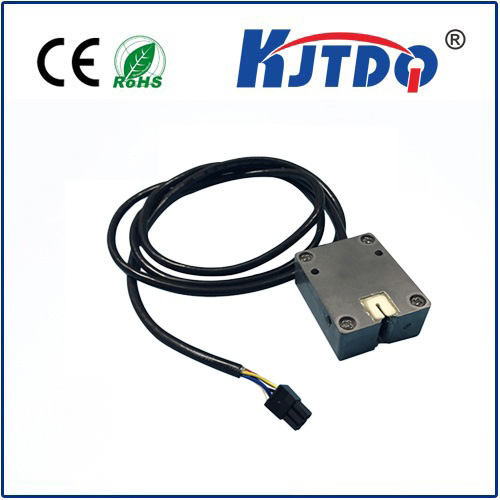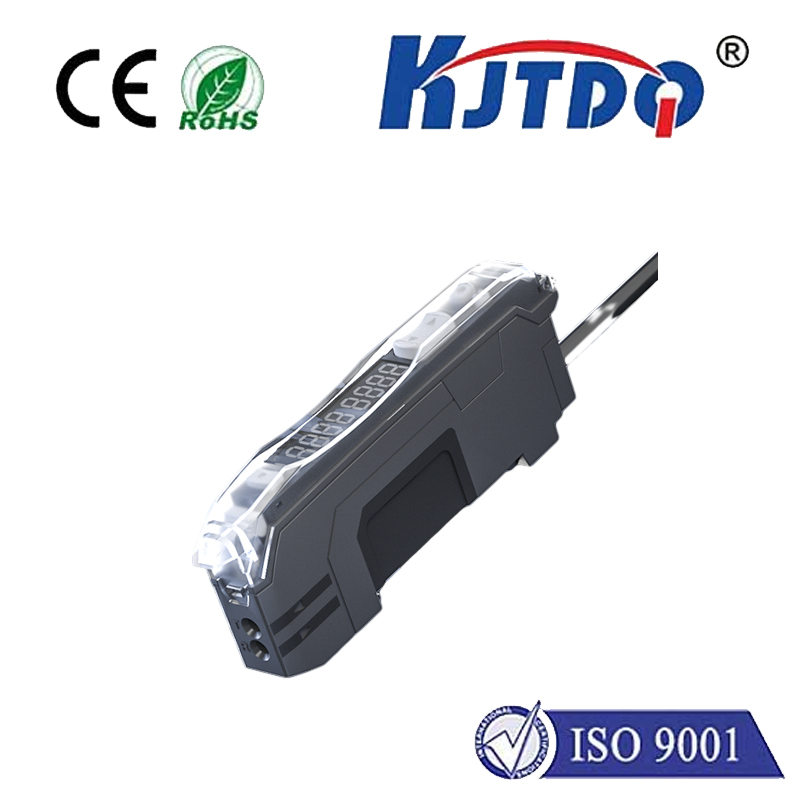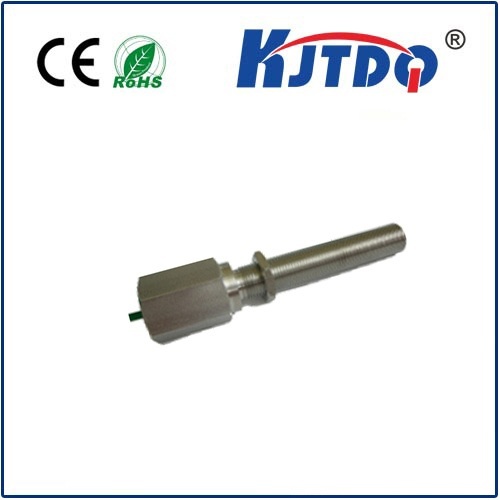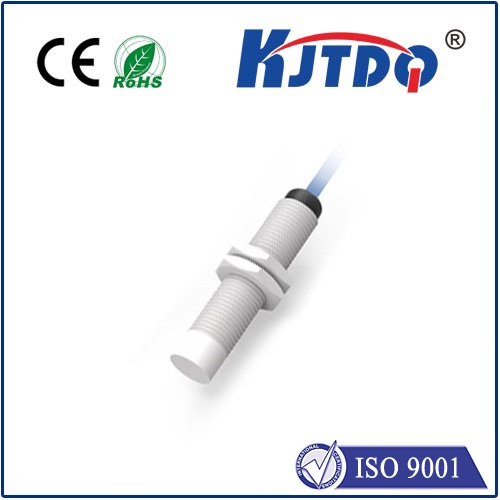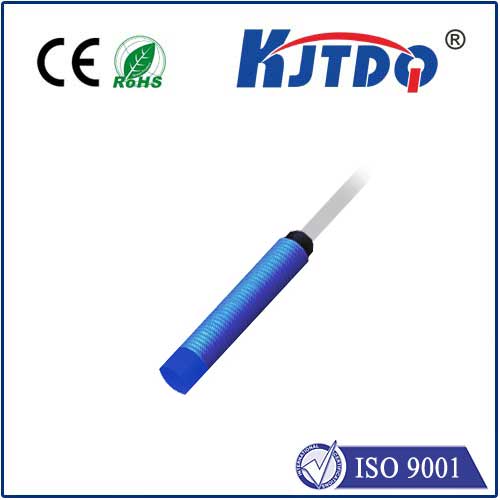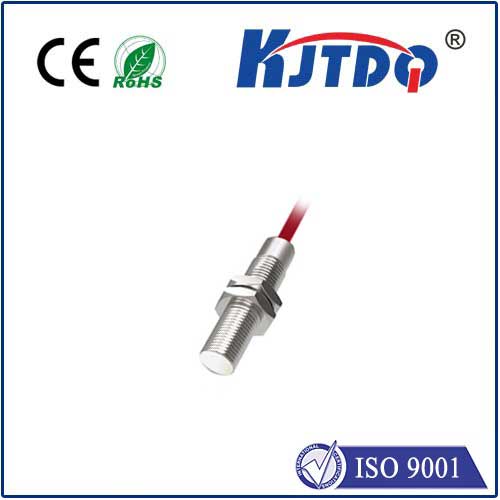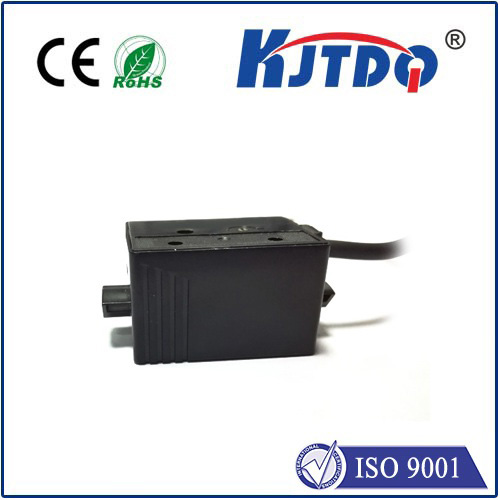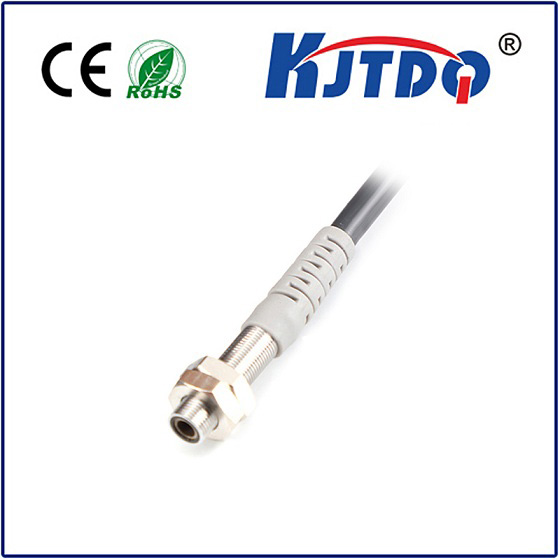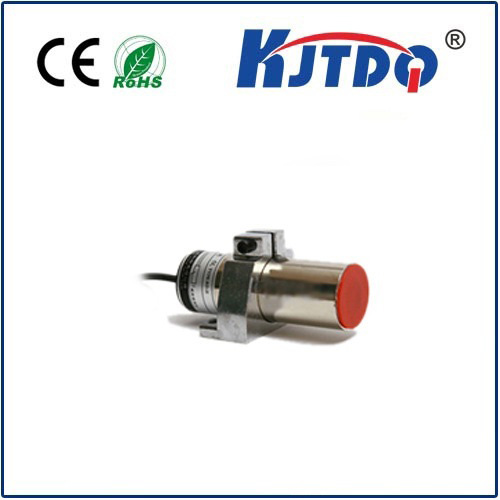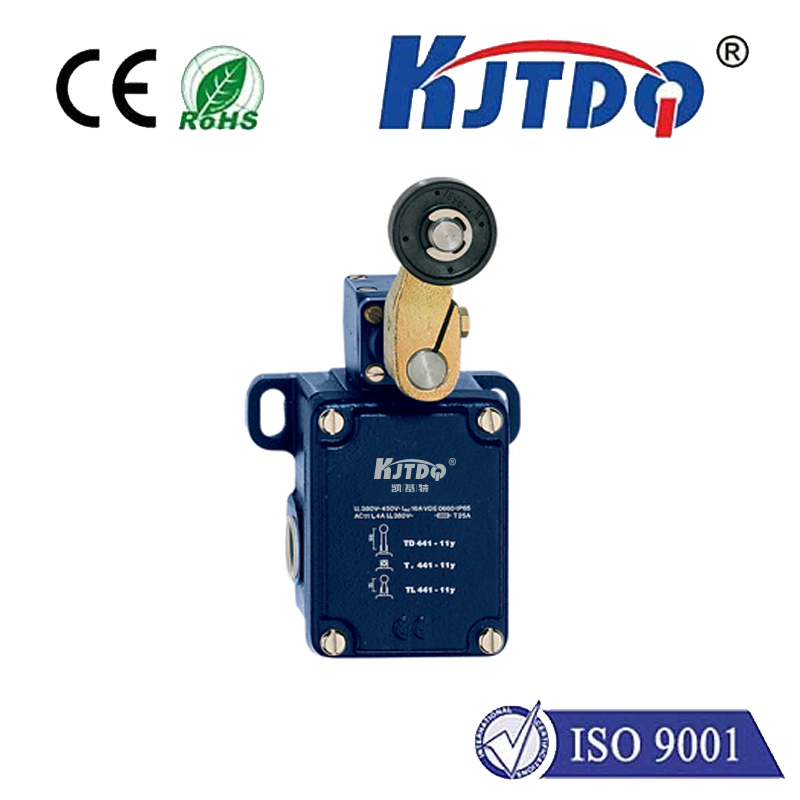
check

check

check

check

Understanding the LP04S2CH/10 Tilt Switch: A Comprehensive Guide In the realm of electronics and automation, tilt switches play a crucial role in sensing changes in position or orientation. Among the myriad of tilt switches available, the LP04S2CH/10 stands out due to its unique specifications and versatile applications. This article delves into the intricacies of the LP04S2CH/10 tilt switch, shedding light on its features, functionalities, and potential uses. An Overview of the LP04S2CH/10 Tilt Switch The LP04S2CH/10 is a sophisticated tilt switch designed with precision and reliability in mind. It operates on the principle of utilizing a conductive ball bearing enclosed within a sealed casing. When tilted beyond a certain angle—typically around 10 degrees, as indicated by the model number—the ball bearing shifts, making or breaking an electrical contact. This simple yet effective mechanism allows the LP04S2CH/10 to function as a critical component in various electronic circuits, signaling changes in orientation. Key Features and Specifications One of the standout features of the LP04S2CH/10 tilt switch is its compact size, which makes it ideal for integration into tight spaces within electronic devices. Despite its small footprint, this tilt switch boasts robust construction, ensuring durability under varying conditions. Additionally, its low actuation force and high sensitivity make it suitable for detecting even minor inclinations, enhancing accuracy in position detection tasks. Another notable aspect is the switch’s wide operating temperature range, typically from -40°C to +85°C, allowing it to perform reliably across extreme environments. This resilience, coupled with its long operational lifespan, positions the LP04S2CH/10 as a dependable choice for demanding applications where reliability is paramount. Applications of the LP04S2CH/10 Tilt Switch Due to its design and functionality, the LP04S2CH/10 tilt switch finds applications in diverse industries. In consumer electronics, it serves as an integral part of devices such as smartphones, tablets, and laptops, enabling auto-rotation screen functionality based on device orientation. In automotive systems, it can monitor vehicle inclination, aiding in safety features like rollover detection and leveling systems. Moreover, in industrial settings, the LP04S2CH/10 proves invaluable for machinery and equipment monitoring. It helps in level control, tilt measurement, and even as a safety feature to prevent accidents caused by excessive tilting. Its versatility extends to gaming controllers, drones, robotics, and any application requiring accurate angular position sensing. Conclusion In summary, the LP04S2CH/10 tilt switch epitomizes precision engineering tailored for modern electronic needs. Its compact design, coupled with exceptional durability and sensitivity, makes it a preferred choice across multiple sectors. Whether it’s enhancing user experience in consumer gadgets, ensuring passenger safety in vehicles, or optimizing performance in industrial machinery, the LP04S2CH/10 demonstrates how a simple component can significantly impact complex systems. As technology continues to evolve, so too will the applications for this remarkable tilt switch, solidifying its place as a staple in electronic and mechanical innovations.
